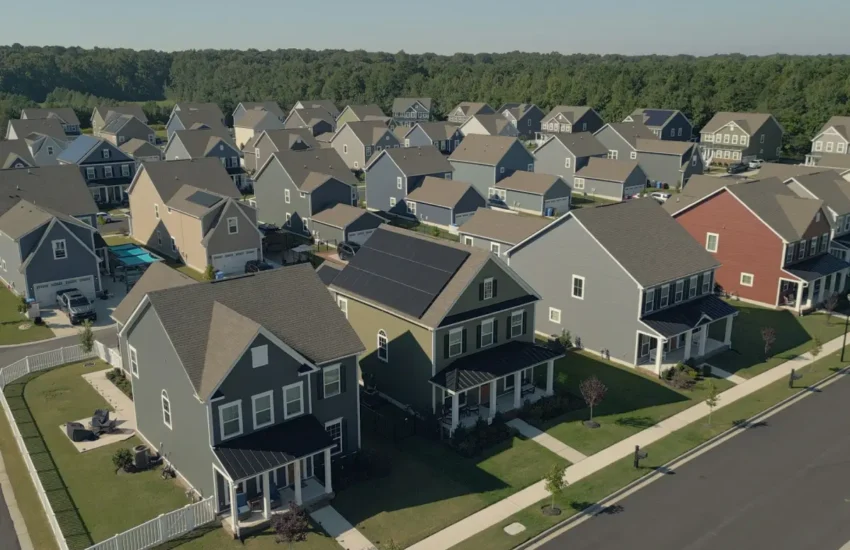The Quiet Influence of Structure in Multi-Tenant Properties
Multi-tenant properties tend to follow a rhythm. People come and go, spaces fill and empty, and somewhere in that motion, there’s a structure quietly holding everything together. Most folks don’t notice the subtle systems that guide where they park, but these details impact the experience of moving in a shared environment.
The structure in these settings is about more than just walls and doorways. It’s the wayfinding, the common areas, and the flow from one space to another. When done well, this structure makes life feel a little smoother.
There’s an art to creating spaces that serve many without feeling impersonal. It’s where thoughtful design choices show up in the background doing its job.

Why Structure Matters More Than It Lets On
In a multi-tenant building, structure plays the role of silent host. It sets expectations and points people in the right direction. When this system went missing you instantly feel it.
A poorly placed mailbox cluster turns a simple task into a chore. An entryway that funnels all residents through a single, narrow door creates bottlenecks during rush hour. These things add up, even if they seem small on paper.
The real influence of structure comes down to how it supports daily routines. In a building with dozens of tenants, small efficiencies can make the difference between a place that feels livable and one that feels cramped.
One of the most understated players in this system is multifamily signage. Signs that guide, inform, and orient residents keep the flow moving without breaking stride. Whether pointing to visitor parking, labeling stairwells, or marking shared spaces, these signs are part of the rhythm.
How to Weave Structure Seamlessly Into Design
A good structure works quietly, but that doesn’t mean it happens by accident. Multi-tenant properties end up with awkward transitions and residents feeling like they’re navigating a maze without thoughtful design planning.
Here’s where the attention to detail really shines:
- Position common areas so they feel accessible but still offer privacy.
- Use natural light to highlight pathways and shared spaces.
- Keep utility areas out of sight without making them hard to reach.
- Design hallways that are wide enough to avoid that “tight squeeze” feeling.
- Make sure signage is clear and visible, with style matching the property’s aesthetic.
The Role of Flow in Shared Spaces
Managing the flow of people is one of the biggest problems in multi-tenant environments. Flow matters most in high-traffic areas like lobbies and laundry facilities. If these spaces aren’t designed with movement in mind, they create friction. It’ll be a chaotic place to live in!
The silent influence of structure instantly resolves such issues. Examples of these are well-placed seating areas and wide entryways. Landlords can also put signages to tie everything together. All of these help maintain a sense of order.
Structure’s Role in Building Community
Apart from guiding movement, structures also shape how people interact. Even something as simple as where bike racks are placed can change how often people bump into each other.
Structure sets the stage for these connections. When the framework of property supports daily life without getting in the way, it becomes more than just a place to live. It becomes a place that feels like it was designed for living well.


